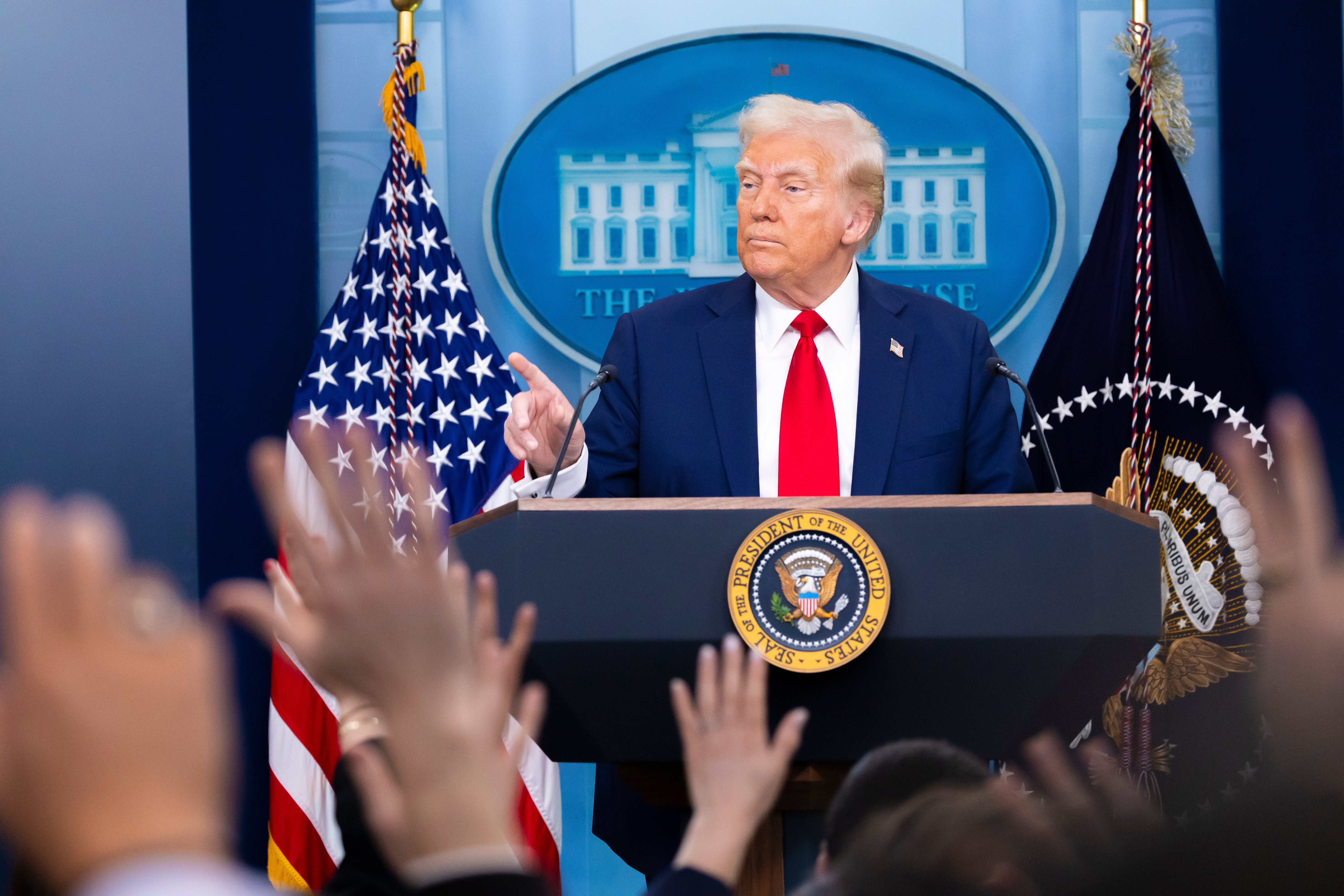The presidential election was largely focused on television spending, but radio advertising analysis shows that the campaigns used radio spending in strategic ways. To start, it is worth noting how much advertisers spent on radio. During the 2019-2020 cycle, advertiser spent $56M on radio. Between the two presidential campaigns, the Biden campaign spent the most with an excess of $29M. Out of the issue groups, the DNC spent the most at $3.85M. Biden vastly outspent the Trump campaign, who rounded out the cycle spending only $1.4M on radio. Republican issue group spending was closer to Democratic totals,. The largest advertiser, America First Action, spent $1.6M on radio.
Much like television spending, radio spending concentrated heavily on swing states. Of the top 15 markets, 13 were in the swing states of Florida, Wisconsin, Michigan, Pennsylvania, North Carolina, Georgia, and Arizona. All 15 top markets received more than $1M in spending at least. Florida had 5 of the top 15 highest spending markets, and Miami-Fort Lauderdale-Hollywood received the most of any market with $7.05M. Detroit and Philadelphia rounded out the top three markets with $5.35M and $5.1M respectively.
Where radio spending occurs is extremely important. For instance, the top 3 markets that received the highest spends are all large cities. This tells us that both sides targeted dense, urban areas and their surrounding suburbs. But looking at what formats candidates and issue groups buy is also important to understand election trends. Formats are essentially the type of programming a station runs. For example, both Sports and News are radio station formats.
Radio Spending by Format

This cycle, Urban Adult Contemporary was the format that received the most amount of spending with $10.5M. The next highest format was Urban Contemporary with $6.7M. Urban contemporary is also known as hip hop, so by spending on these formats each campaign likely thought it could reach a more diverse audience than they could on talk radio. Additionally, Democrats spent the overwhelming majority on Urban Contemporary and Urban Adult Contemporary, as they worked to energize their base in cities and capitalize on increasingly “Blue” sentiments in the suburbs.
It also makes sense that so much money was spent on formats that are more popular in cities because so many swing districts are outside major metropolitan areas.
Country was the format with the next most spending at $4.2M. This makes sense if we consider some of the major states in play this year (Florida, Michigan, Ohio, Wisconsin, Minnesota, and Arizona), most of which have large rural populations of Obama-Trump voters. Both campaigns wanted to win that constituency and likely saw Country radio as another way to message.
Spanish speaking voters were another incredibly important electorate this cycle and radio spending proves that. Spanish Contemporary and Mexican Regional programming received $3.2M and $2.3M, respectively. The Miami-Fort Lauderdale-Hollywood market accounted for $1.54M on Spanish Contemporary. Though typically overshadowed by big spending on TV, radio still has a role to play in political campaigns. Because of the format structure, radio advertising analysis also offers insight into how campaigns target specific voters and where they want to reinforce their message.
Photo by Richard Clyborne of Music Strive









